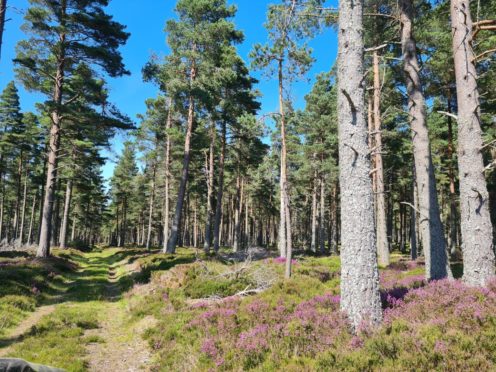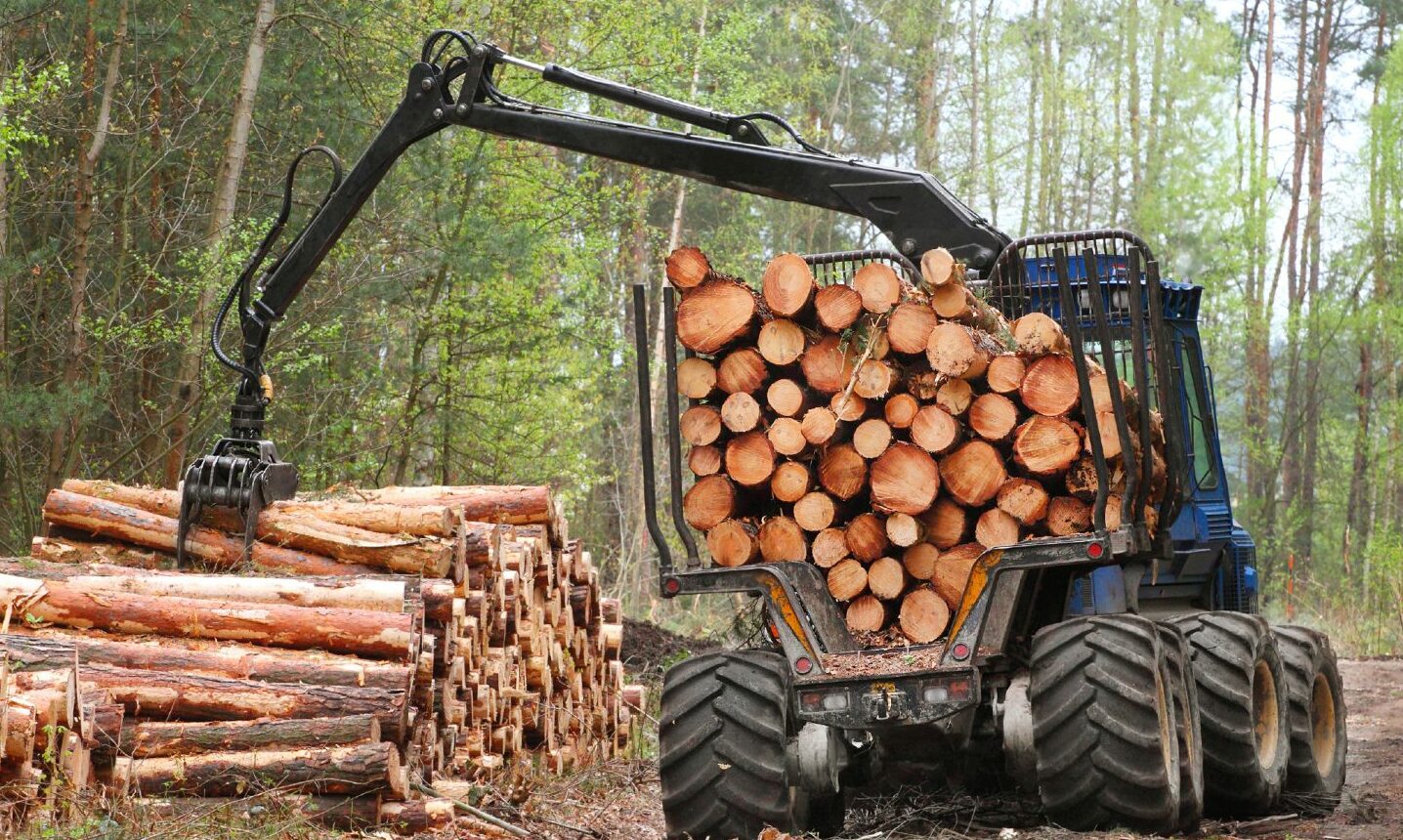Hardly a day goes by without an opinion poll of one sort or another, but did you know that for the last 25 years, Scots have been asked what they think about forestry?
The survey has always been generally positive about trees but the 2021 results show public support at a record high.
Notable points include strong recognition of the benefits of trees to tackle climate change and a significant increase in support for producing wood to create local jobs and manufacture wood products in Scotland.
Support growing
There is also very strong support for new tree planting. Those who believe “a lot more trees should be planted” rose from 80% in 2011 and 88% in 2017 (the last survey of this kind) to 92% in 2021 – a remarkable and very welcome statistic.
This is hugely encouraging, but even more positive is public awareness of the environmental and economic benefits of tree planting, showing this support is more than just an instinctive reaction – there is real substance behind it.
For example, 88% of respondents agreed or strongly agreed that “trees are good because they remove carbon dioxide from the atmosphere and store it in wood”.
The survey – Forest Research’s Public Opinion of Forestry 2021 – also asked which benefits of forestry and wood processing should be supported by public money.
Those who agreed that support should be given to tackle climate change doubled between 2011 and 2021, from 46% to 92%, with 93% supporting the use of public money to provide woodlands for wildlife.
Those who said public money should be used to support the forest economy in rural areas more than doubled from 40% to 86% over the 2011-2021 period.
This is a mature, informed response as historic views of harvesting trees were often influenced by images of forests being destroyed overseas, triggering a simple reaction that no trees should be cut down.
A vital role in post-pandemic recovery
This informed perspective is a very positive context for an industry in Scotland that is creating rural jobs, producing more wood and helping tackle climate change – and which is set to grow further, playing a vital role in the post-pandemic economic recovery.
Businesses across rural Scotland will take great heart from the public understanding of the vital strategic role they play in supplying wood for a huge range of everyday uses, from house-building to agricultural fencing and from kitchen and bathroom cabinets to pallets.
Support for using public money to provide timber for sawmills and wood processors rose from 25% in 2011 to 72% in 2021.
Those who thought public money should be spent so Scotland can buy fewer wood products from abroad increased from 29% in 2011 to 81% in 2021. Even I was taken aback by that last statistic.
I‘ve constantly stressed to policy-makers that as global demand for wood increases, and as we use more wood, we simply cannot expect to import ever-increasing supplies.
I’ve talked repeatedly about the need for us to take more responsibility for producing our own timber – and will continue to do so, buoyed by the fact that the public agrees.
The survey also suggested that articles like this help increase knowledge and understanding – with the percentage of people who had read about forestry in the media rising significantly in the last decade. In 2011, just 19% of people recalled reading or hearing about tree planting in the media. This has risen to 49%.
Almost three quarters – 71% – of those polled said they had seen or read about Scottish forests, woods or trees on TV, radio or in newspapers in the last year. And 42% of respondents recalled reading or hearing about how forests and woods helped tackle climate change in 2021 – up from just 12% in 2011.
A thirst for information
There is a thirst to know more, with 95% of respondents agreeing or strongly agreeing that “more information should be provided about the ways in which wood can be used to lessen our impact on the environment”.
The survey also reveals the vital role that forests and woods played during the pandemic.
Some 86% of respondents who answered the survey in March said they visited forests or woods in the previous 12 months (taking us back to the first lockdown) – with 35% reporting a rise in the number of visits made in the last 12 months. Almost two-thirds (63%) said they would like to see more woodland in their part of Scotland.
The pandemic showed us how important forests and woods are to people – but their value for recreation, wildlife and well-being can go alongside what they deliver for rural economies and climate change. These are not either-or choices.
Taken as a whole, these figures make very positive reading and show the general public has a broad understanding of the value of forests in Scotland and of the wood they produce – from an economic perspective as well as places to visit and habitats for wildlife.
My only worry is that such high scores will be hard to beat next time.
● Stuart Goodall is chief executive of forestry and wood trade body Confor.


